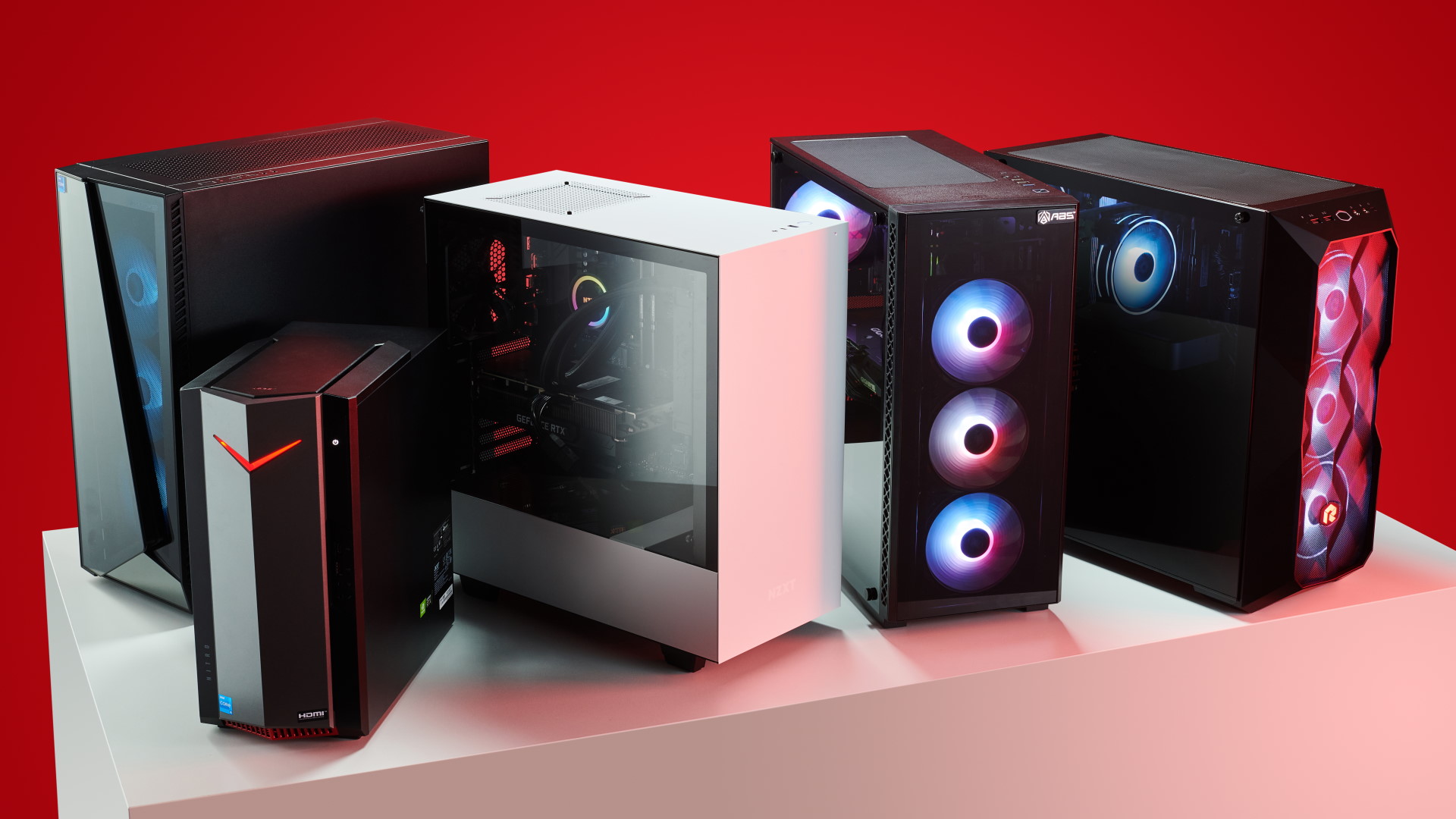It's the tiniest of teases and opens up a whole trunk full of questions, but in a recent online interview, Mark Papermaster was asked what the year has in store for AMD. The CTO's response was all focused on AI, naturally, but he also mentioned a curious little tidbit: its gaming devices are to get AI-based upscaling and 2024 is likely to be the year we'll see it.
The discussion with YouTube channel No Priors (via Videocardz) is mostly about AMD's position and thoughts on machine learning, cloud computing, and other big-money sectors. It's a good chat between the hosts and Papermaster, although a little dry if you're not interested in those specific topics.
However, the CTO's closing remarks on AMD's plans for 2024 are certainly of interest to gamers, all thanks to the brief comment on how the chip giant is bringing AI upscaling to its gaming devices.
“Well, this for us is a huge year because we have spent so many years developing our hardware and software capabilities for AI,” Papermaster begins. “We've just completed AI enabling our entire portfolio: Cloud, edge, PCs, embedded devices, our gaming devices. We're enabling our gaming devices to upscale using AI and 2024 is really a huge deployment year for us.”
At the moment, AI upscaling is the preserve of Intel and Nvidia. Both companies use a two-stage upscaling process, where the first step is to run an image scaler via shaders to change the rendered frame's resolution up to the monitor's level. The second step involves the application of a neural network, to tidy up the image, removing any glitches created by the upscaling process.
The mathematical operations involved to do this can be run on shaders but in the case of DLSS and the Intel Arc-only version of XeSS, it's handled by dedicated matrix units in the GPU to get the best performance and visual results. The graphics chips used in AMD's Radeon models do all calculations via the Compute Units (CU), hence why FSR doesn't involve an AI step to tidy up the images.

However, one interpretation of Papermaster's comment is that the next graphics architecture, RDNA 4, could have a discrete matrix unit in each CU and if so, that could be used to handle the AI upscaling. An alternate view is that AMD has developed a relatively lightweight neural network that's handled by the CUs and can be used as an additional step in the FSR pipeline to improve visual quality.
As things currently stand, FSR and DLSS perform roughly the same, but the latter has the edge when it comes to graphical fidelity. Depending on the game, it can be notably better, but it's very much a subjective thing during gameplay.
If AI upscaling gets implemented into FSR in such a way that any GPU can do it (as long as it supports the relevant matrix instructions), then one could expect the quality to certainly improve, but the performance will likely take a dip.

Best gaming PC: The top pre-built machines.
Best gaming laptop: Great devices for mobile gaming.
It's the way that Papermaster says 'gaming devices' that makes me suspect AMD's AI upscaling is most likely to be done this way. Because if it was just going to be for RDNA 4, then you'd expect him to mention this or, at the very least, talk about GPUs specifically.
However, the phrase 'gaming devices' covers everything that supports FSR, which includes current Radeon cards, as well as the APUs in handheld PCs and consoles. If it turns out that it will require dedicated matrix units, as DLSS does, then it will only be supported on AMD's next GPU architecture and won't be anything to shout about for the Xbox Series X or PlayStation 5.
RDNA 4, no matter what its AI abilities are like, will be competing against Intel's Battlemage and Nvidia's Blackwell at some point in 2024, and these companies already have AI-powered upscaling.
AMD is joining the party in a fashionably late manner, but it could steal the limelight if it can offer better upscaling that all GPUs can use. Papermaster is certainly right about one thing: 2024 is going to be huge for AI and GPUs.




